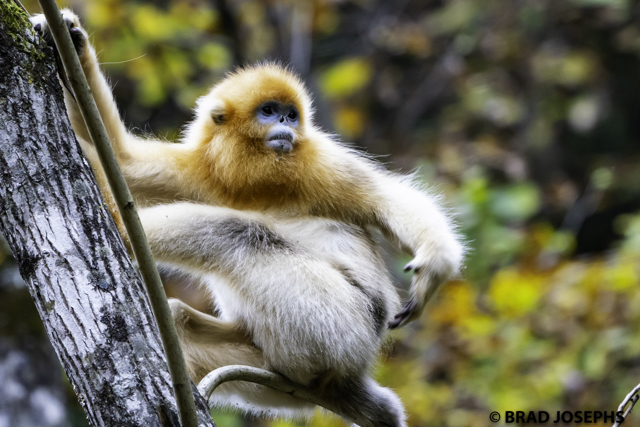
When our group hiked a short distance into the forest and encountered a troop of 90 golden snub-nosed monkeys, the first thing I noticed was how beautiful they were with an autumn foliage backdrop. This was my first fall in China, and it was even more enchanting than I had imagined.
It will take a long time to process all of the amazing things I saw after spending 6 weeks exploring Sichuan, Qinghai and Shaanxi Provinces of China in autumn for the first time. This first article will highlight our visits to an incredible group of 90 wild golden snub-nosed monkeys that have lost their fear of people. I had been here several times before, but never this time of year. The color of the changing leaves, the stunning winter coats of the monkeys, and that crisp fall weather made for magical moments in the wild mountains of Shaanxi Province.
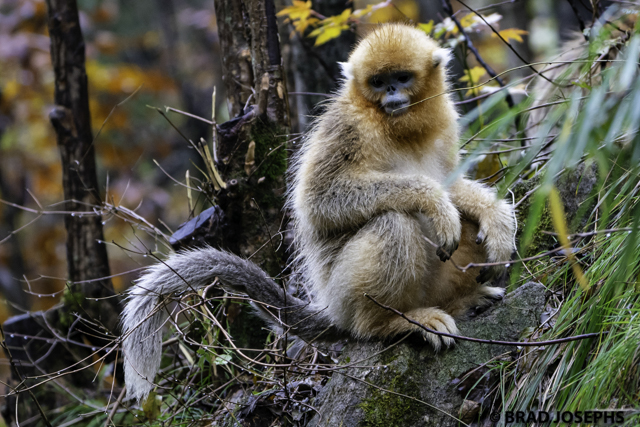
This is the same troop of monkeys that was featured in the stunning film “Born In China.” These light colored, hyperactive guys with the blue faces, like this guy, are the subadult males. They have been kicked out of the harem family groups by the alpha males and form their own gang known in the film of “the lost boys.”
The golden snub-nosed monkey (Rhinopithecus roxellana) of south-western China is endangered due to habitat loss and historical hunting, and only between 8,000 and 15,000 remain in the wild. There are three subspecies of Golden snub-nosed monkeys found in different mountainous regions of Hubei, Sichuan and Shaanxi Provinces. There are only 4,000 of the sub species that we encountered (Rhinopithecus roxellana qinlingensis) in the Qingling Mountains west of Xi’an. Only one troop of wild monkeys that have become accustomed to people through occasional supplemental feeding programs. These monkeys are still wild, and eat their normal wild foods such as inner tree bark, flower buds, leaves and insects, however they do take advantage of rangers who provide apples and corn to them at certain times of year. The habituation to people allows for nature enthusiasts like us to observe and photograph them, film projects such as “Born In China” (click for this film on netflix) to allow the world to fall in love with them, and wildlife biologists to study them. During one of our visits we met two Chinese Wildlife biologists unlocking mysteries on their nutrition and sleeping behaviors through observational research, because the monkeys are indifferent to their presence.
Of the many primate viewing and photography experiences I have enjoyed throughout the world, hanging out with these golden snub-nosed monkeys is definitely my favorite. Not only are they the most beautiful primate I have ever seen, their crazy social dynamics and behaviors are the most entertaining and intriguing. They travel in groups of up to 800 animals, depending on the time of year, which helps keep them safe from predators such as goshawks, and leopards. Each mature male in the greater troop is accompanied by a few females, and their offspring, known as small harem groups. This social structure, consisting of many small independent families which travel and coexist together, makes for constant drama. Jealousy runs deep in these monkeys. One minute a squabble breaks out between two females, who accuse each other of staring too long at their males, and then one of the females attacks a male for inappropriate eye contact with another gal. Chaos breaks out for a few minutes, with monkeys flying all over the place, screeching and jumping from tree to tree, and just as quickly it subsides, and all the families reunite separately and make up with with long, intimate hugs. It is thought that hugging has a dual purpose; primarily for social bonding, and also to stay warm on long winter nights. Golden snub-nosed monkeys live at a colder average temperature than any primate other than humans. Their strange lack of noses is possibly an adaptation to cold weather, as the nose is often the most vulnerable to frostbite.
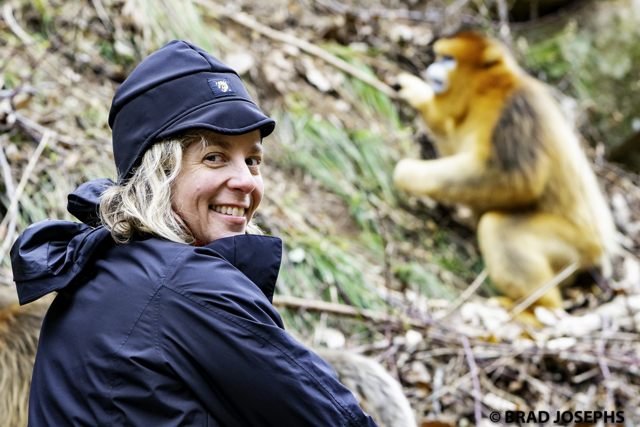
Unlike macaques, baboons, orangutans and other primates who have no fear of people, and can be naughty and sometimes dangerous, we are never threatened or approached. We feel as if we are invisible and can just watch the action. Image of Dr. Marie Crandall, an ER surgeon and Surgery Professor from Jacksonville, Florida.
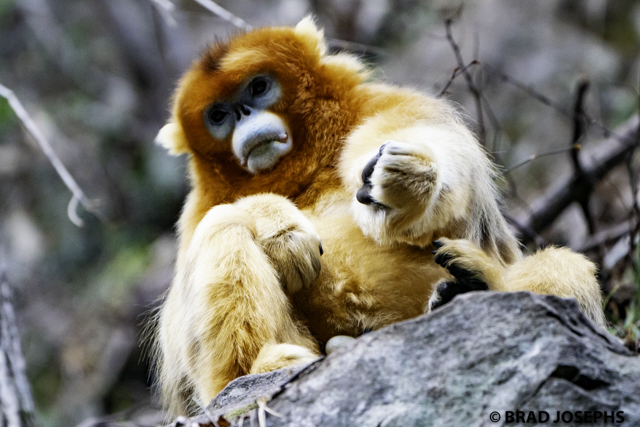
One of the many adult males keeps a close watch on his wives and offspring of his “small harem group” as they mingle with other family groups.
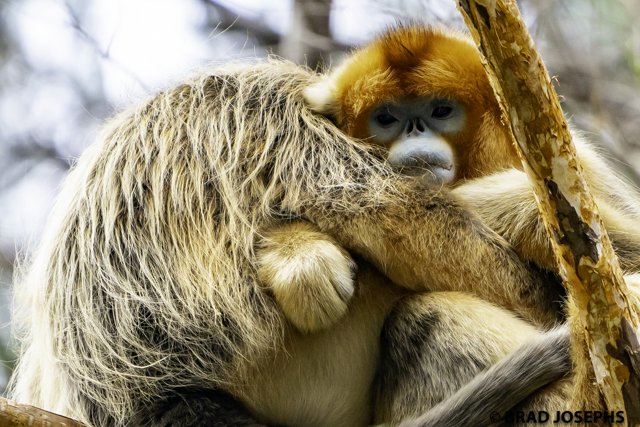
After a squabble breaks out, usually arising from jealousy, hugs relieve the tension, and restore social bonds.
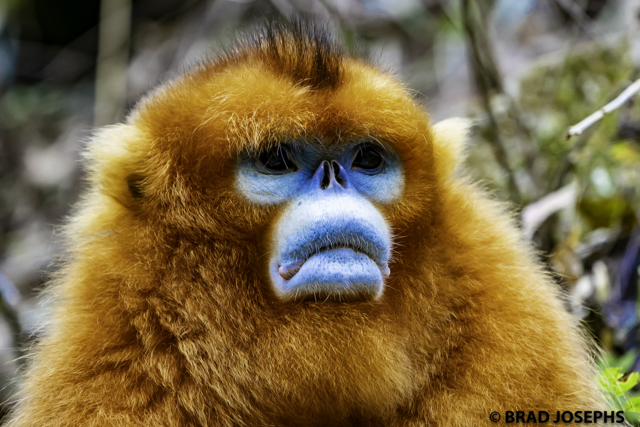
The wart-like growths at the corners of an alpha male’s mouth are thought to show its mature status. There is a theory that they secrete pheromones to attract females.
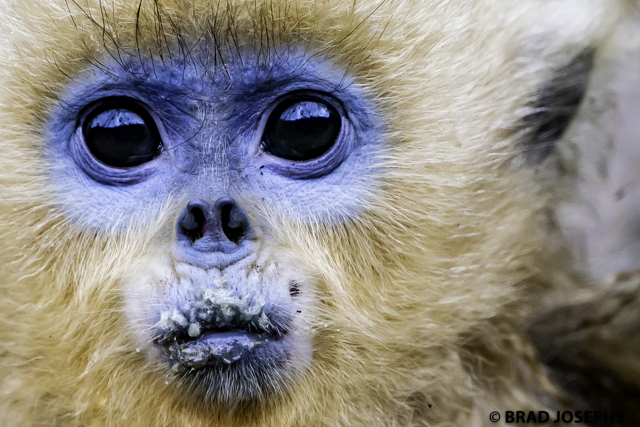
I often wonder what goes through the mind of a primate when they stare and study me. I must look so strange to them.
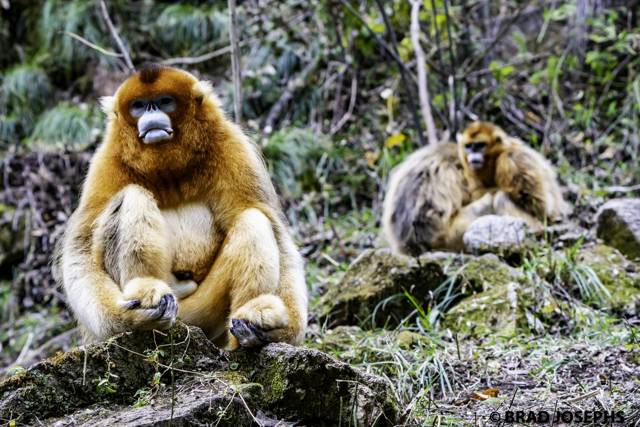
I love to find something interesting to put in the background when photographing an animal. Here, a family in the back is just perfect…..
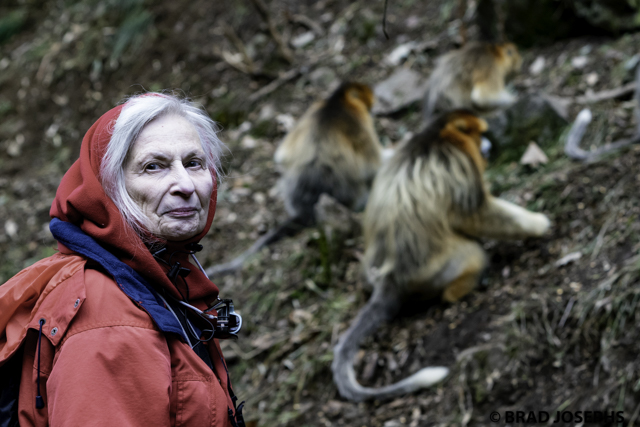
This amazing woman, Donna Silverman, ws on my first trip I guided in China in 2008. Since then our trip is so different, so much better. I was so happy to share China at its best with her, and take her off the beaten path to explore and appreciate the “Real Wild China.”
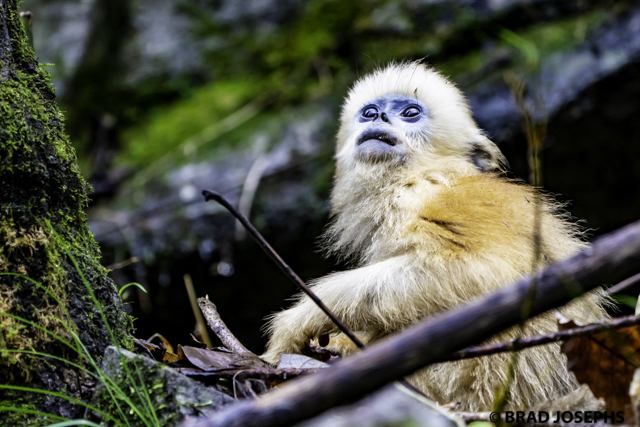
Young monkeys this size are always on the lookout for the silent, lightening fast enemy that can appear out of nowhere at any second- the infamous Goshawk.
I cant get enough of these beautiful and unique primates of the mountain forests of China. This is one of many species that was saved from extinction by the conservation efforts to save the Giant Panda beginning in the 1970’s. Wildlife appreciation has grown exponentially in the Chinese culture since I first came here in 2008. Natural habitat was the first company to support their budding ecotourism industry, which is helping to put a value on wildlife and wild places in China. Things are changing for the better, and I left China this time feeling especially uplifted. It is only the beginning….
Click here to read an article I wrote about golden monkeys and Chinese Conservation.

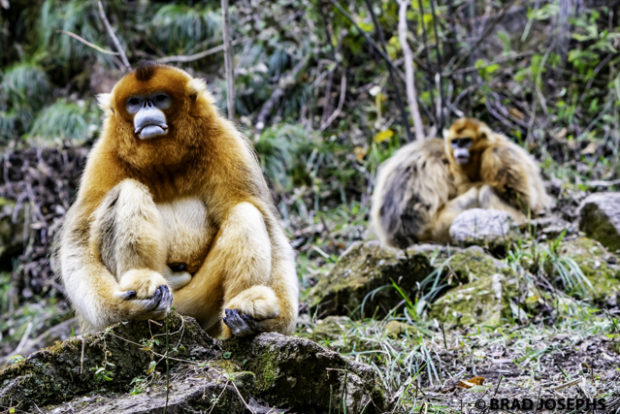
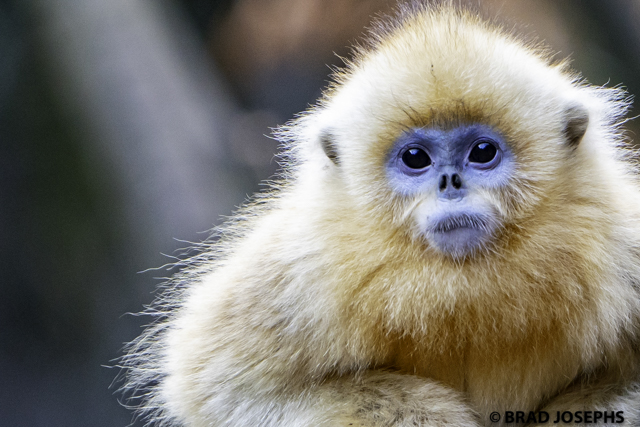
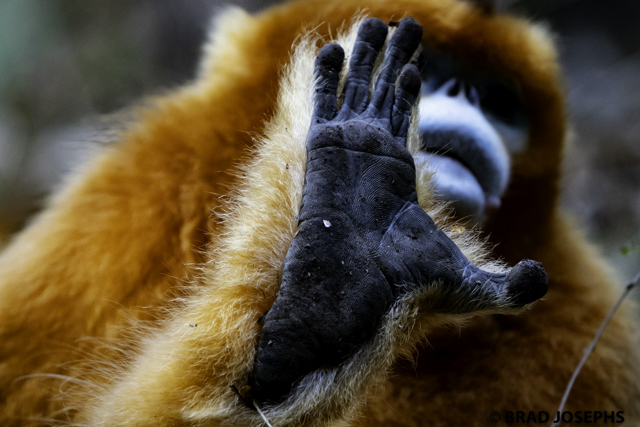
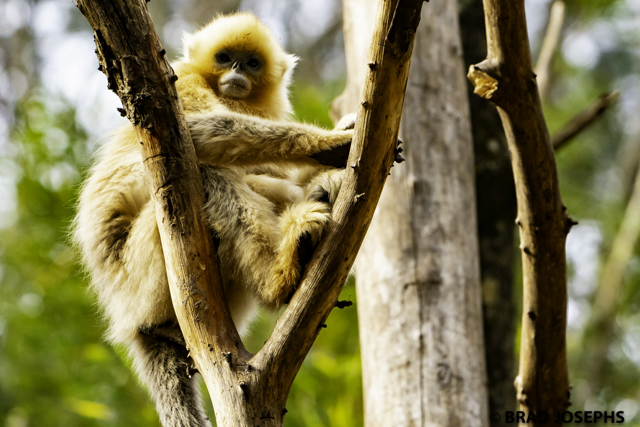
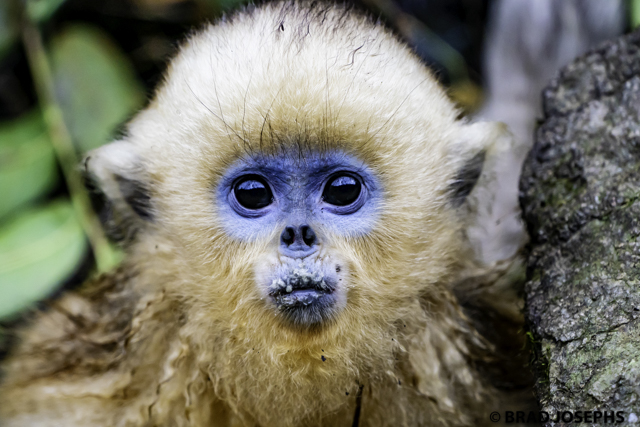
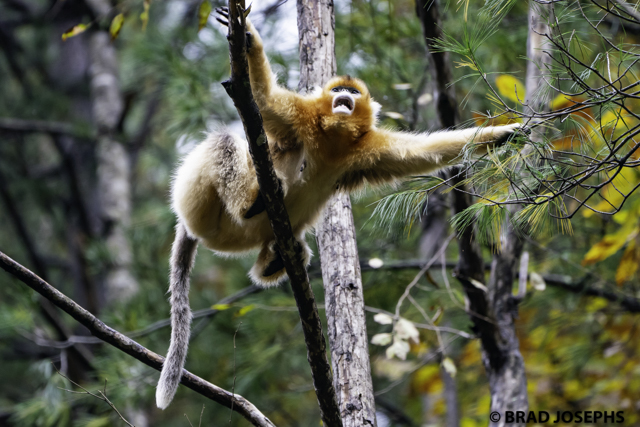
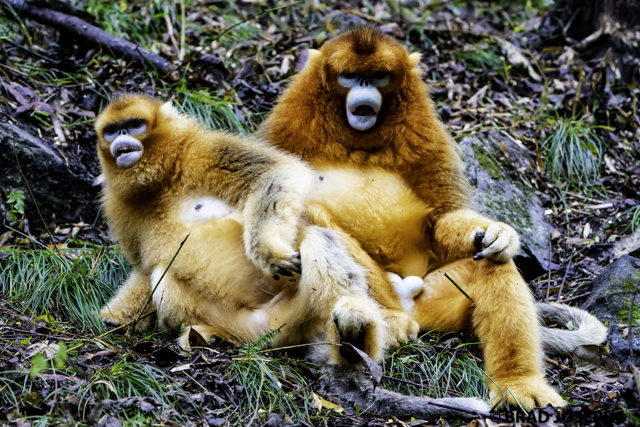
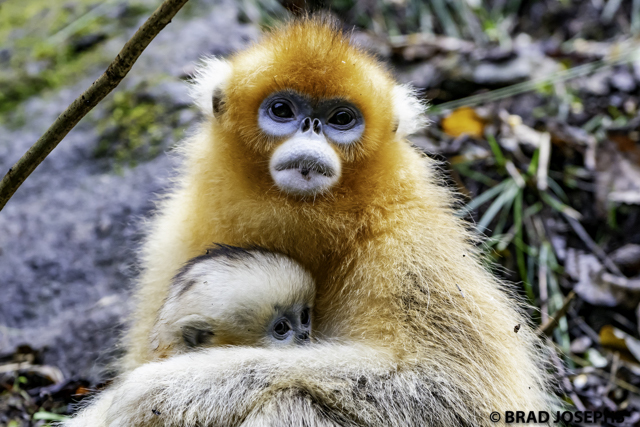
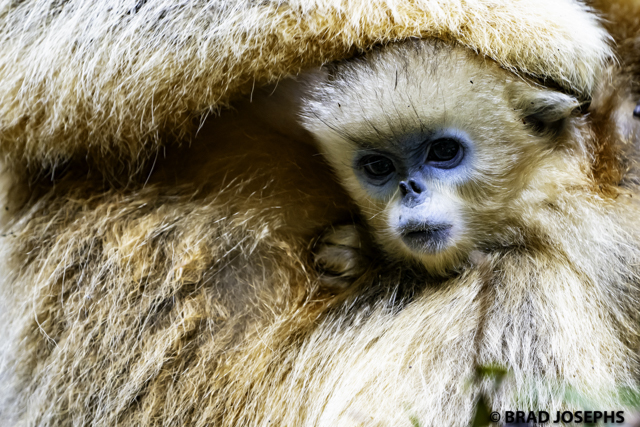
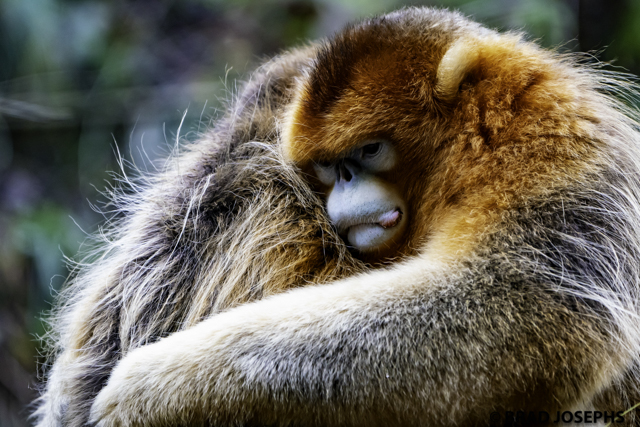
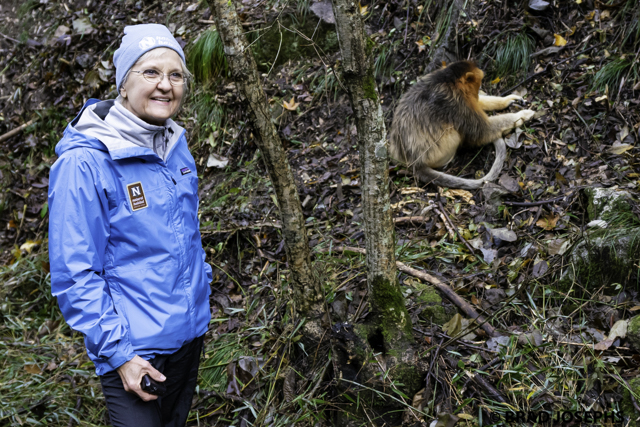
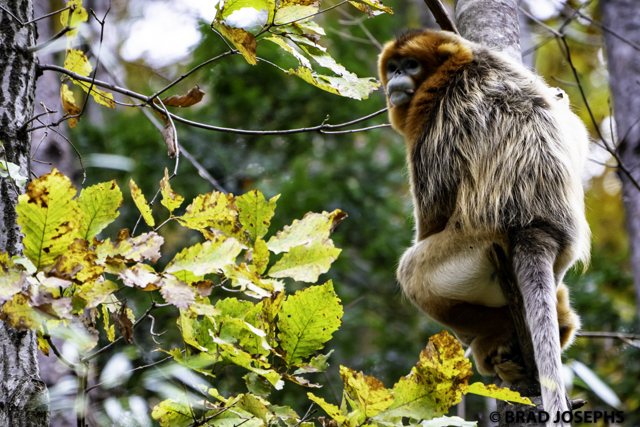
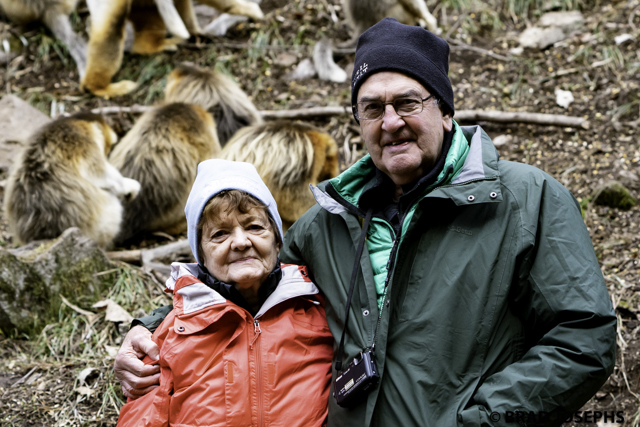
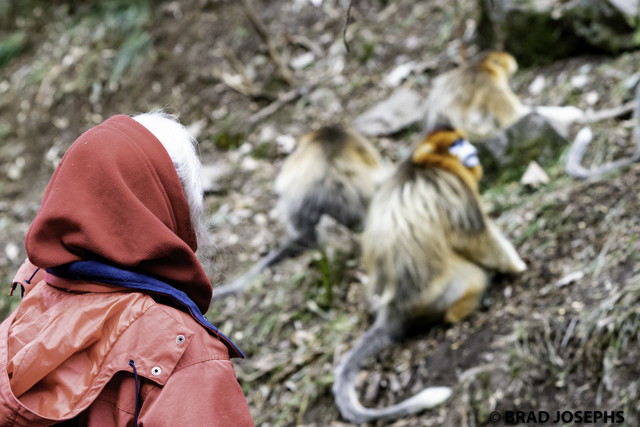
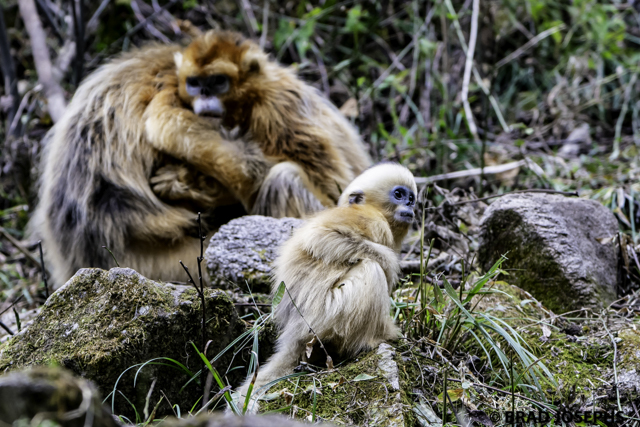
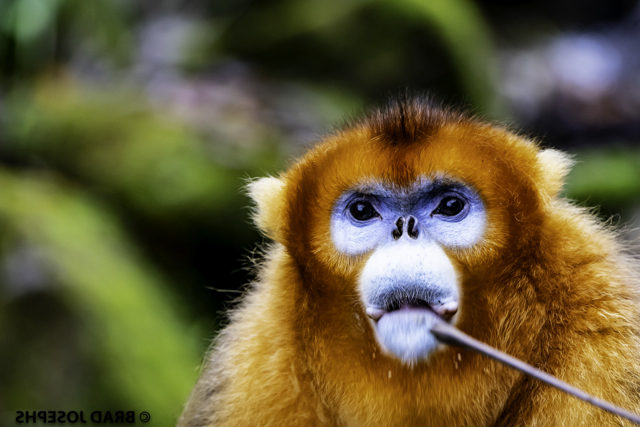


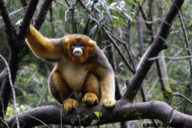
1 Comment
Beautifully written and gorgeous pics , can’t help make one want to go there and see these amazing creatures in person. Thanks for sharing !